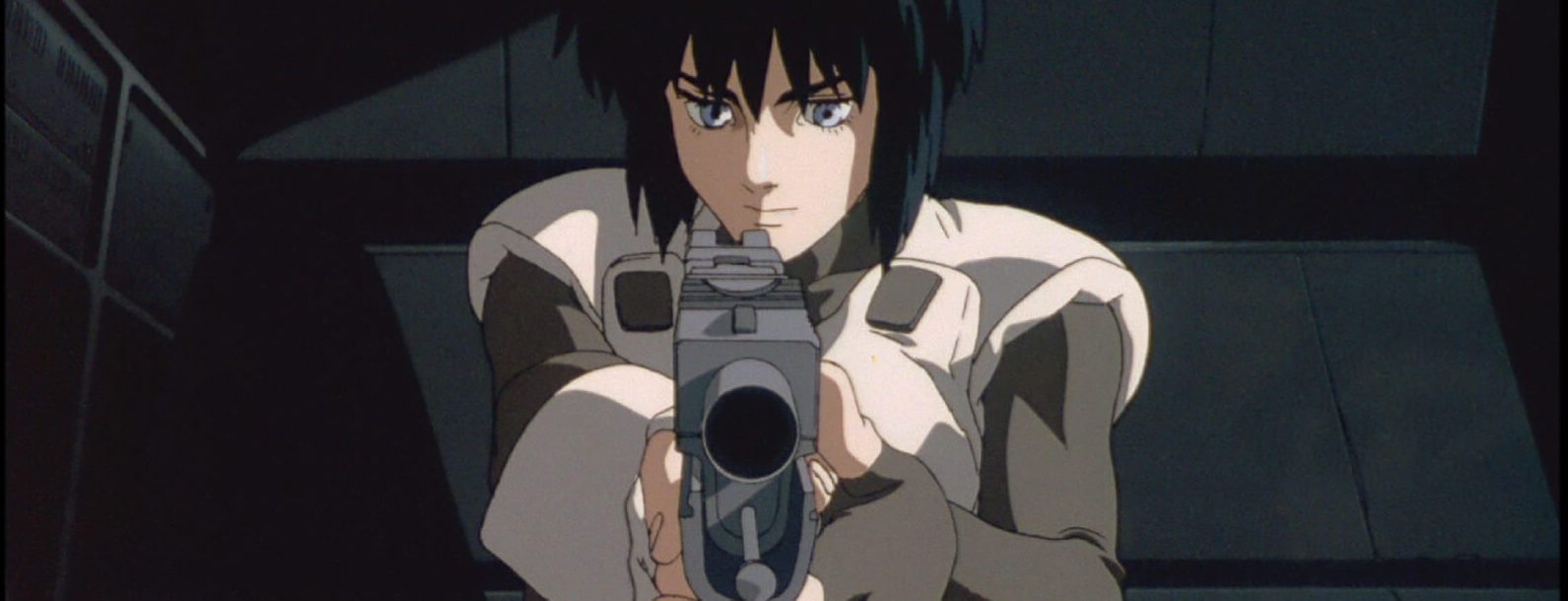The Whitewashed Wreckage Called Hollywood
There has been heated debates over the Hollywood adaptations of two iconic Japanese anime franchises: cyberpunk classic Ghost in the Shell, and supernatural thriller Death Note respectively. Scarlett Johansson has been cast to play Ghost in the Shell’s protagonist, Major Mokoto Kusanagi and Nat Wolff has been cast as lead role Light Yagami in Death Note.
Controversial casting choices to say the least. Though, it would be a lie to say that nobody saw it coming. In the 700 top grossing films between 2007 and 2014, it was found 5.3% of speaking characters were Asian, in contrast to 73.1% white speaking characters.
Trying to ‘shift’ the ethnicity of your lead actor is surely a sign that your casting is wrong.
To dig that hole even deeper, there have been recent allegations that Ghost in the Shell producers have attempted to alter the faces of white actors, including Scarlett Johansson herself, to make their facial features more ‘Asian’. Common sense has officially gone out the window.
It’s far more logical for films with Japanese characters, who have Japanese names and whose stories take place in Japan, to have Japanese or at least Asian actors cast. Trying to ‘shift’ the ethnicity of your lead actor is surely a sign that your casting is wrong.
As both films-to-be are adaptations of anime franchises, it’s worth looking into why the anime community especially is so outraged. Whitewashing in Hollywood is nothing new, white actors have played Asian roles for as long as roles have been available. So why is there such fan outcry?
To know why people are upset in the present, we must first understand our past. Lace up your platform trainers and put on your butterfly hairclips, we are about to go back to the late 90s.
Before streaming anime online gained popularity, the best chance fans had to watch their favourite shows was from TV broadcasts. There were problems. The main issue was that the anime that managed to get broadcasted had undergone ‘localisation.’
There are no doubts that such a great amount of localisation was a mass-scale obliteration of Japanese culture
Localisation is not necessarily a bad practice in moderation, but this was the 90s. If rave gear told us anything, moderation did not exist. Anything recognisably Japanese was edited out as showrunners attempted to persuade viewers into seeing the show from a Western perspective. As expected, names were changed to sound more English. For some shows, a lot of physical editing was done for localisation. Animation was flipped so that the cars were no longer driving on the ‘wrong’ side of the road, Japanese food was sometimes edited out and replaced with sandwiches. Those were the ‘good’ ones.
As time went on, laziness set in. Japanese food such as onigiri (rice balls) were declared to be ‘donuts’ with no editing whatsoever, one particular show gave up disguising the Japanese onigiri as a donut or sandwich altogether, simply calling it “whatever it is I’m holding!” In all honesty, localisation was so rampant at the time that their effort (or lack of) became comical. ‘Why waste the time, money and effort?’ we would ask. I’m sure there’s an answer somewhere.
Regardless, there are no doubts that such a great amount of localisation was a mass-scale obliteration of Japanese culture. It was whitewashing. Let it be known – fans were angry, and for a very long time.
This practice began to die out in the early 2000s, as companies discovered there was a new market for unedited anime releases, and ‘localisation’ distilled into ‘dubs’, a normally mild adaptive translation and voiceover, now supplied alongside a subtitled version rather than the heavy editing of both script and animation that came before it.
In a post-localisation world, the anime community remains vigilant. Even today, fans are debating how far a dub can go before an adaptive script reverts to the level of localisation we saw in the 90s. It is a mistake never to be repeated.
We’ve seen a whitewashed wreckage before, we don’t need to see it again.
So, for anime adaptation, we all want the same thing: to be accessible to new fans, but also for anime to stay true to its origins. Keeping culture intact is of paramount importance for fans from around the world.
This is simply why there have been outburst about these unfair casting choices. We’ve seen a whitewashed wreckage before, we don’t need to see it again. Rather like when distributors and licensing companies introduced large-scale localisation, by casting white actors as Japanese characters, you’re really just making a lot more work for yourself, Hollywood.



Comments